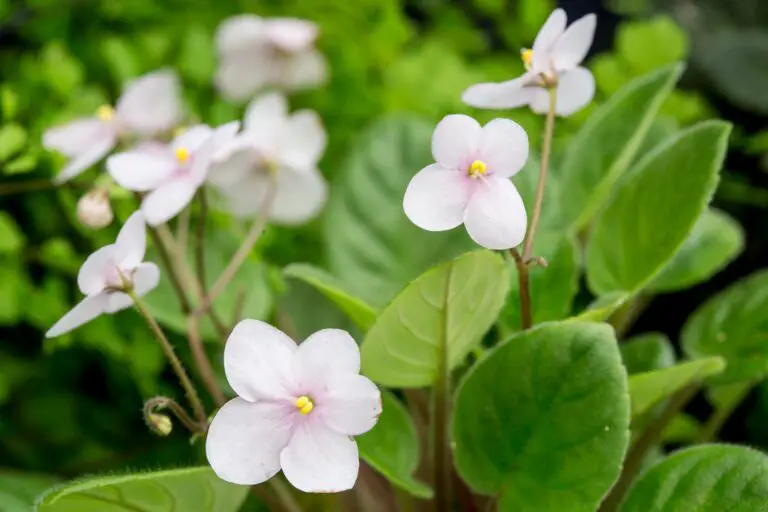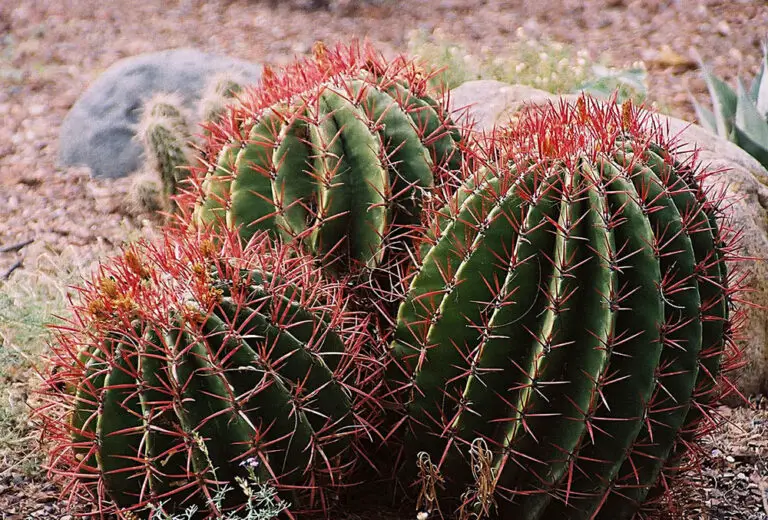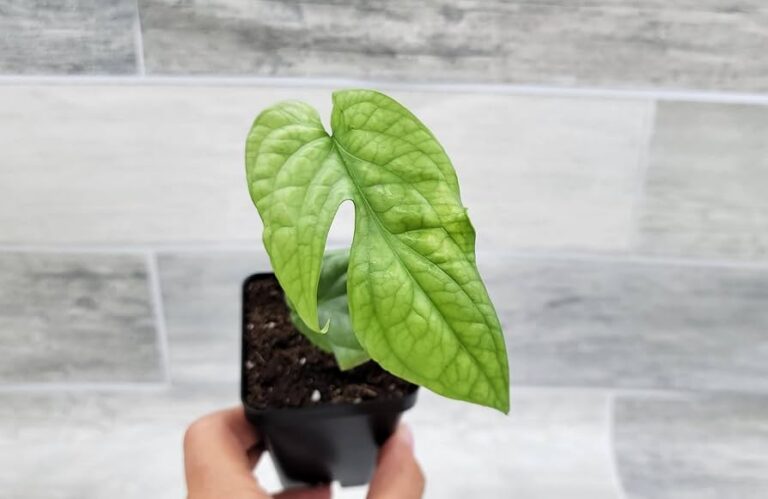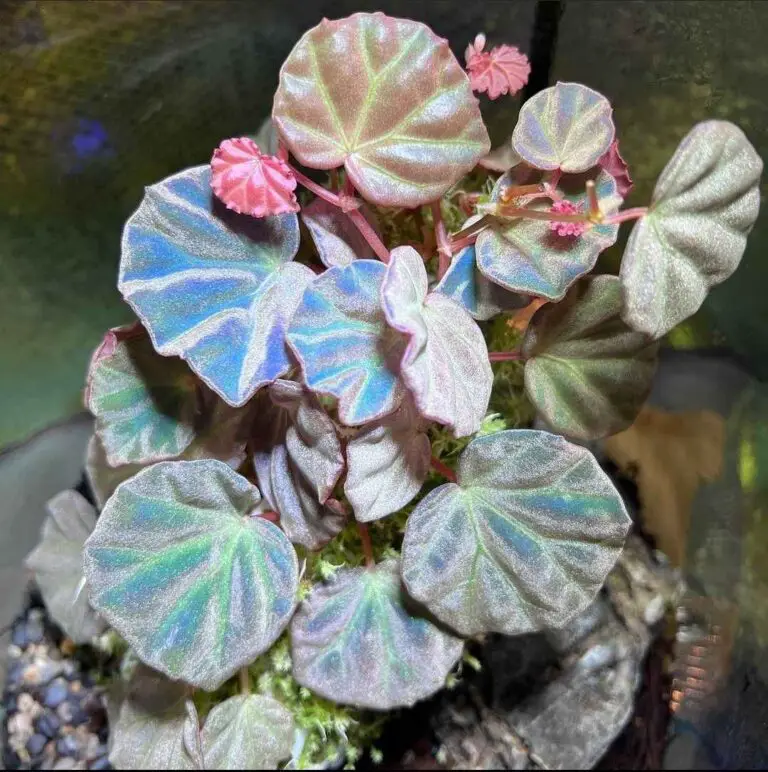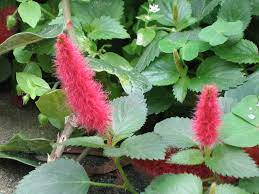Introduction
Weigela is a genus of flowering shrubs native to East Asia. They are known for their abundant blooms in late spring and early summer, which come in a variety of colors, including white, pink, red, and yellow. Weigelas are relatively easy to care for and can be grown in a variety of climates, making them a popular choice for home gardens.
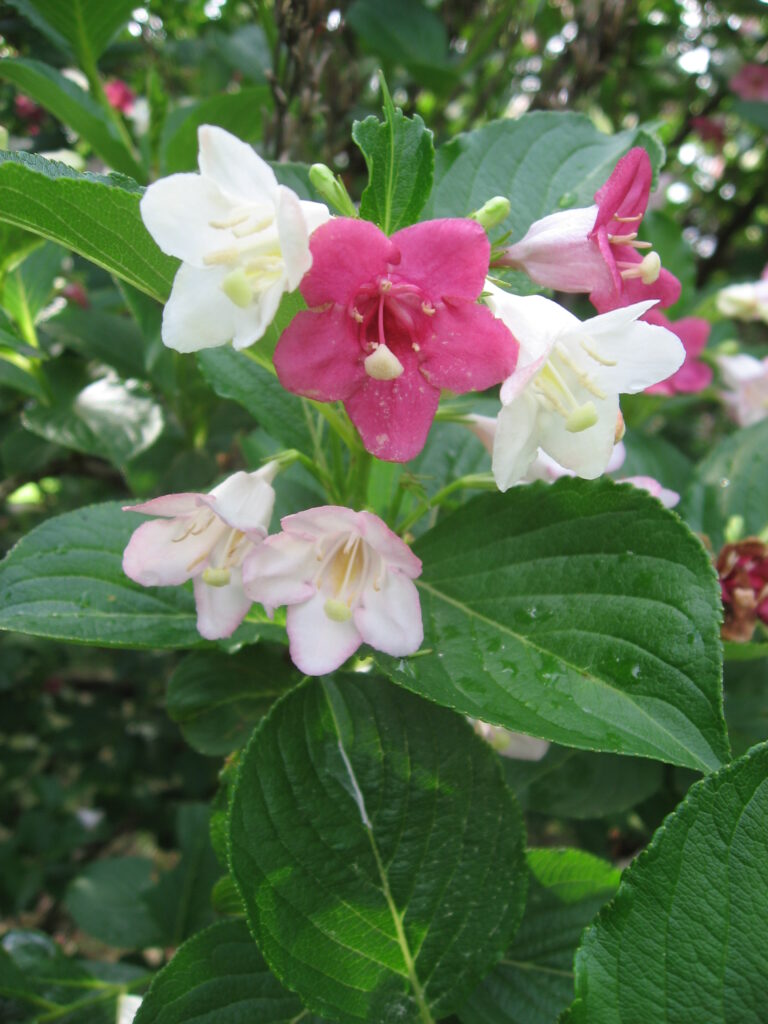
| Characteristic | Description |
|---|---|
| Scientific name | Weigela |
| Common name(s) | Weigela |
| Family | Caprifoliaceae |
| Type | Deciduous shrub |
| Size | 3-10 feet tall and wide |
| Bloom time | Spring and early summer |
| Flower color | White, pink, red, yellow, or purple |
| Flower shape | Funnel-shaped |
| Foliage color | Dark green |
| Hardiness zones | 4-8 |
Click for More Outdoor Plants
Planting Weigela
The best time to plant weigela is in the spring or fall, when the soil is cool and moist. Choose a sunny spot with well-drained soil. Weigelas can tolerate partial shade, but they will flower best in full sun.
To plant weigela, dig a hole that is twice as wide as the root ball and just as deep. Remove the plant from its container and loosen the roots. Place the plant in the hole and backfill with soil, tamping down gently to remove any air pockets. Water the plant thoroughly.
Caring for Weigela
Weigelas are relatively low-maintenance shrubs. They require regular watering, especially during the first year after planting. Once established, weigelas can tolerate some drought. However, it is important to water them deeply during hot, dry weather.
Weigelas also benefit from annual fertilization in the spring with a balanced fertilizer. Fertilize again in the summer with a bloom fertilizer to encourage more flowers.
Pruning Weigela
Weigelas should be pruned immediately after flowering. To prune weigela, remove any dead, diseased, or damaged branches. You can also prune to shape the plant or to control its size.
When pruning weigela, avoid cutting into old wood. Instead, focus on pruning new growth. To do this, cut back the branches by about one-third of their length.
Weigela Varieties
There are many different varieties of weigela available, so you can choose the perfect one for your garden. Here are a few of the most popular varieties:
- Weigela Florida: This is the most common type of weigela. It is a vigorous shrub that grows to about 6 feet tall and wide. It has pink, trumpet-shaped flowers that bloom in late spring and early summer.
- Weigela pendula: This is a weeping form of weigela that grows to about 3 to 6 feet tall and wide. It has pink or white flowers that bloom in late spring and early summer.
- Weigela ‘Bristol Ruby’: This variety has deep red flowers that bloom in late spring and early summer. It grows to about 6 feet tall and wide.
- Weigela ‘Minuet’: This is a compact variety that grows to about 3 feet tall and wide. It has pink flowers that bloom in late spring and early summer.
- Weigela ‘Midnight Sun‘: This variety has dark purple foliage and pink flowers. It grows to about 1 to 2 feet tall and wide.
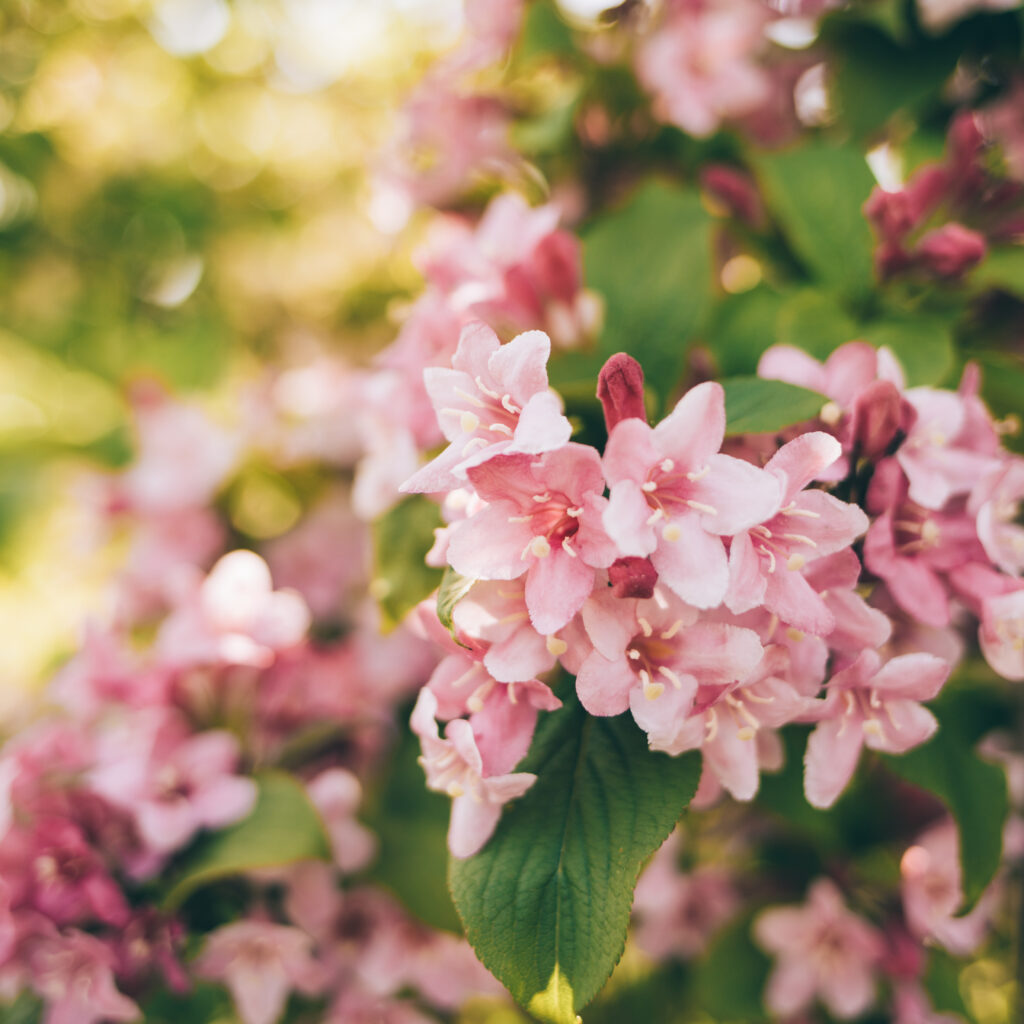
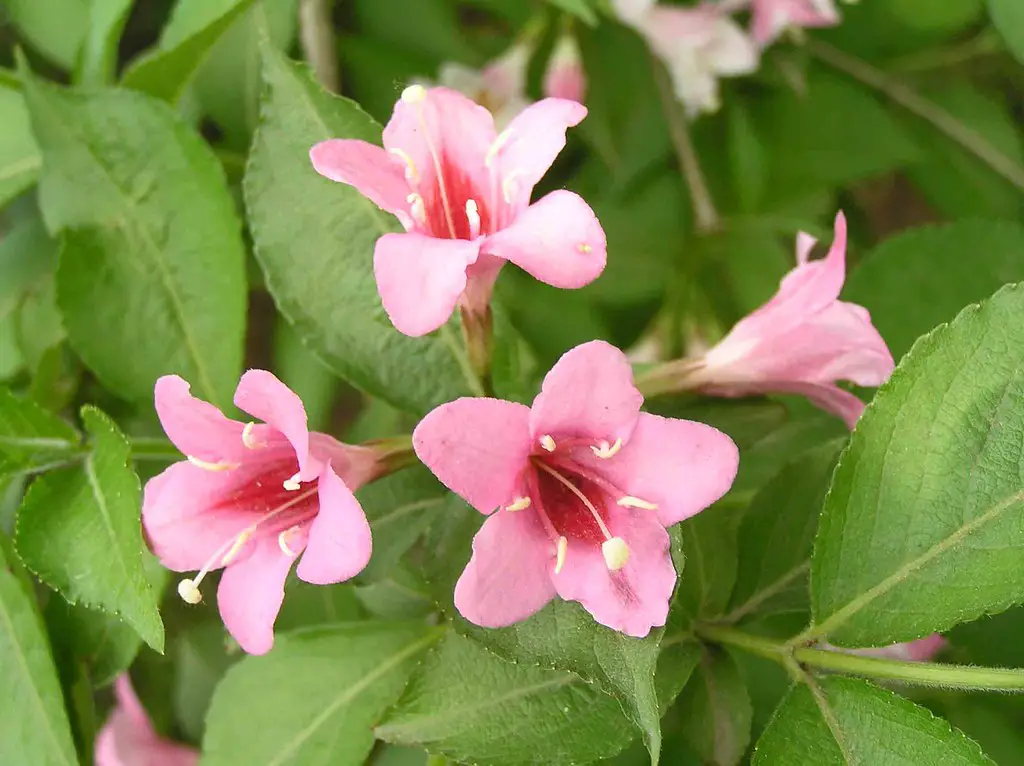
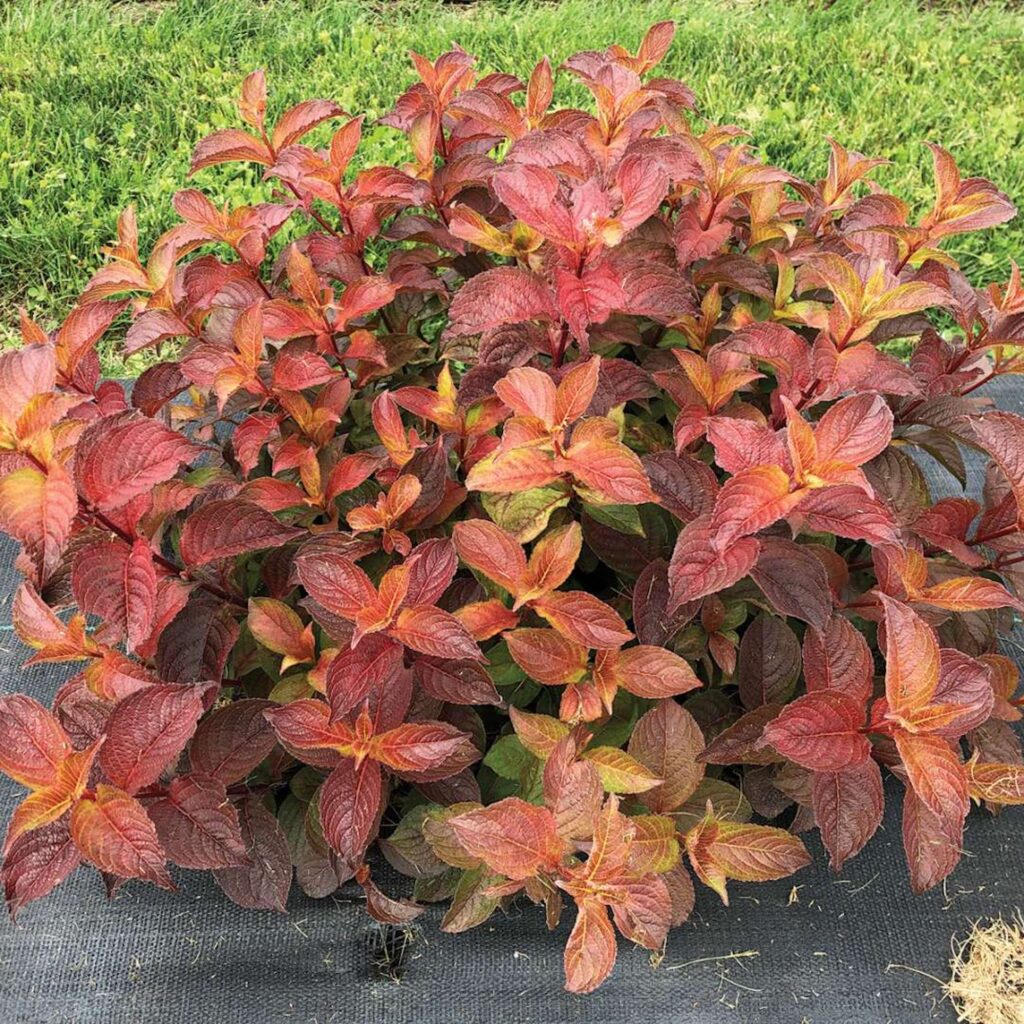
Troubleshooting Weigela Problems
Weigelas are generally healthy shrubs, but they can be susceptible to a few pests and diseases.
- Aphids: Aphids are small, sucking insects that can damage weigela leaves and shoots. To control aphids, spray the plant with a mild insecticidal soap solution.
- Scale: Scale are small, armored insects that can also damage weigela leaves and shoots. To control the scale, spray the plant with horticultural oil.
- Powdery mildew: Powdery mildew is a fungal disease that can cause a white powdery coating on weigela leaves. To control powdery mildew, spray the plant with a fungicide.
Weigela Uses in the Landscape
Weigelas can be used in a variety of ways in the landscape. They can be planted as foundation shrubs, hedges, or specimen plants. They can also be used to create borders or screens.
Weigelas are also a good choice for attracting pollinators to your garden. Their abundant flowers are a favorite of bees, butterflies, and other pollinating insects.
Conclusion
Weigelas are beautiful and versatile shrubs that can add a touch of elegance to any garden. They are relatively easy to care for and can be grown in a variety of climates. If you are looking for a flowering shrub that will add color and beauty to your garden, consider planting weigela.
Frequently Asked Questions About Weigela
Where does a Weigela grow best?
Weigela shrubs grow best in full sun to part shade, in well-drained soil. They are tolerant of a variety of soil types, but they prefer slightly acidic soil. Weigela shrubs are also drought-tolerant, but they will bloom best if they receive regular watering, especially during the first year after planting.
What is the use of the Weigela plant?
Weigela plants are grown primarily for their ornamental value. They produce beautiful flowers in a variety of colors, and their foliage is also attractive. Weigela shrubs can be used as specimen plants, hedges, borders, or container plants. They are also a good choice for attracting hummingbirds and butterflies to the garden.
Is Weigela medicinal?
There is no scientific evidence to support the use of weigela for medicinal purposes. However, some people believe that weigela leaves can be used to treat a variety of ailments, such as colds, flu, and digestive problems. It is important to note that weigela leaves can be poisonous if ingested in large quantities.
What is Weigela in English?
Weigela is a genus of flowering shrubs that is native to East Asia. The name “weigela” is derived from the German botanist Christian Ehrenfried von Weigel. Weigela shrubs are also commonly known as “weigela bushes” or “weigela flowers.”
Additional information:
Weigela shrubs are relatively easy to grow and care for. They are a good choice for gardeners of all skill levels.

